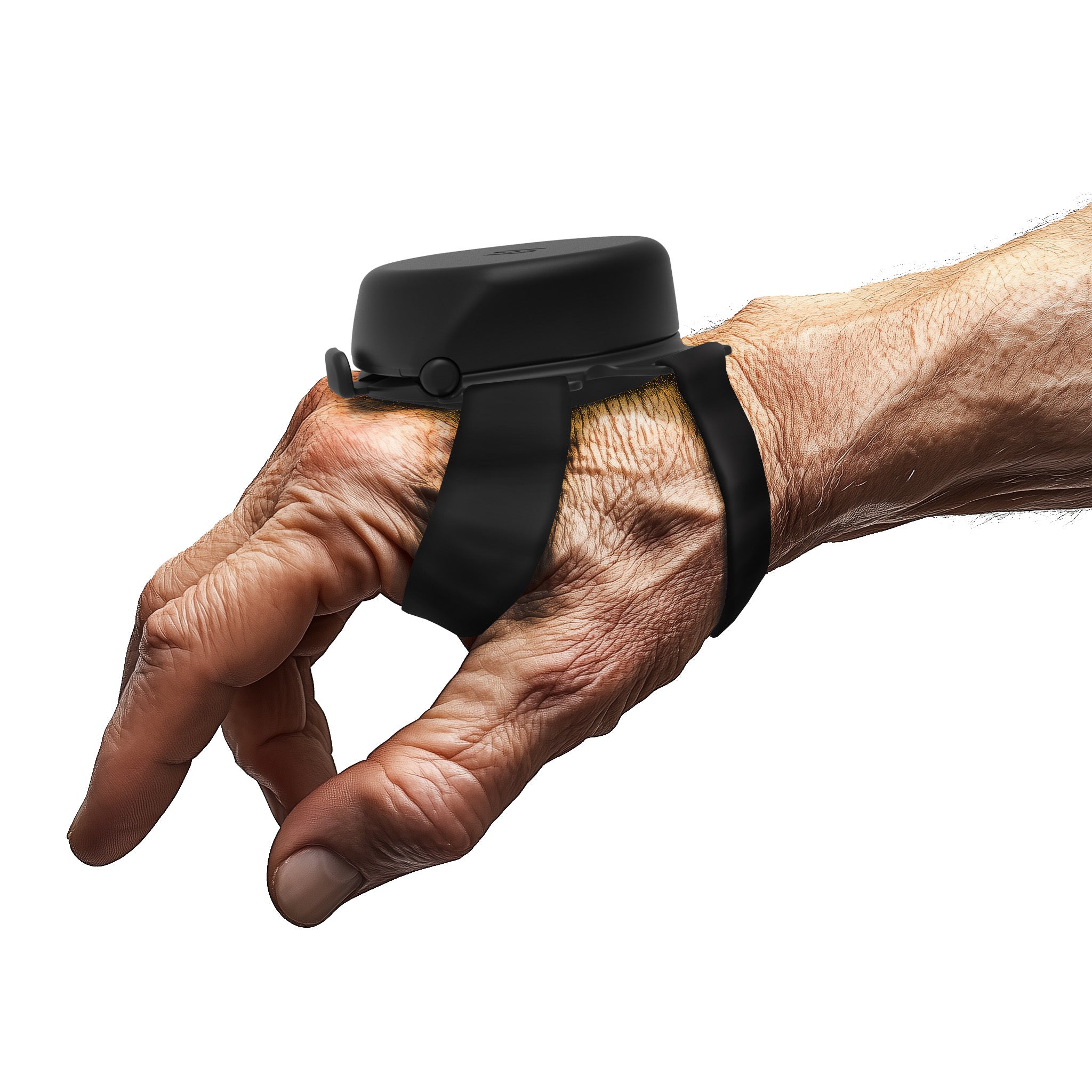Essential Tremors and dementia are two neurological conditions that affect millions of people worldwide, particularly older adults. While they are distinct in their clinical presentation, the overlap in symptoms like shaking, memory problems, and cognitive decline has sparked considerable interest in the medical and caregiving communities. Understanding the relationship between Essential Tremors and dementia is not only vital for accurate diagnosis but also for developing comprehensive care plans tailored to each individual.
In this blog, we’ll explore the science, symptoms, potential connections, and care considerations surrounding Essential Tremors and dementia to help patients, caregivers, and health professionals make more informed decisions.
What Are Essential Tremors?
Essential Tremor (ET) is a neurological disorder characterized by involuntary, rhythmic shaking, most commonly affecting the hands, but it can also involve the head, voice, legs, or trunk. Unlike Parkinson’s Disease, Essential Tremor typically occurs during voluntary movement rather than at rest.
Key Characteristics of Essential Tremors:
-
Usually begins gradually
-
Most noticeable during tasks like writing or eating
-
Can be hereditary (familial tremor)
-
Not life-threatening, but it can impact quality of life
Essential Tremors are among the most common movement disorders. Although the condition doesn't directly impair cognitive functions, many patients and families begin to notice memory problems and cognitive changes over time, raising questions about a potential link between Essential Tremor and memory problems.
What Is Dementia?
Dementia is an umbrella term for a decline in mental ability severe enough to interfere with daily life. It’s most often caused by Alzheimer’s disease, but other types include vascular dementia, Lewy body dementia, and frontotemporal dementia.
Common Dementia Symptoms:
-
Memory loss
-
Difficulty communicating
-
Impaired reasoning or judgment
-
Behavioral changes
-
Physical symptoms like shaking with dementia
While dementia tremors are not as central to the diagnosis as cognitive decline, dementia and shaking can co-occur, either due to underlying diseases like Parkinson’s Disease or as part of the dementia spectrum itself.
Key Differences Between Essential Tremors and Dementia Tremors
It's essential to distinguish between the involuntary movements caused by Essential Tremors and those that may appear in tremors with dementia. These differences help clinicians determine the root cause and prescribe the right treatment.
|
Feature |
Essential Tremors |
Dementia-Related Tremors |
|
Cause |
Neurological (often familial) |
Neurological (often due to secondary conditions like Parkinson’s Disease or vascular issues) |
|
Timing |
During voluntary movement |
Can occur at rest or with action |
|
Progression |
Slow, often plateaus |
Progressive cognitive and physical decline |
|
Cognition |
Typically preserved early on |
Primary domain of deterioration |
Understanding these distinctions is crucial for families noticing dementia shaking or tremors in loved ones, especially when cognitive symptoms start to emerge alongside motor issues.
Overlapping Symptoms and Misdiagnosis
Many older adults experience both tremors and cognitive issues. However, having both doesn’t automatically mean a person has both Essential Tremors and dementia. Misdiagnosis can occur due to symptom overlap or limited understanding of the conditions' nuances.
For example, someone with Essential Tremor and memory problems may be mistaken for having early-stage dementia. Conversely, a dementia patient experiencing shaking with dementia could be misdiagnosed with Parkinson's or Essential Tremor.
Why This Matters:
-
Delays in receiving appropriate care
-
Inaccurate treatment plans
-
Increased caregiver stress
-
Poor quality of life
A thorough neurological assessment that includes imaging, medical history, and symptom tracking is key to drawing the correct conclusion.
Is There a Link Between Essential Tremors and Dementia?
While Essential Tremor is not classified as a type of dementia, emerging research suggests that the two may not be entirely unrelated.
Key Findings from Studies:
-
Some studies have found a mildly increased risk of dementia in people with Essential Tremors, particularly in older adults.
-
A 2013 study published in Neurology found that individuals with Essential Tremor were more likely to develop mild cognitive impairment (MCI)—often a precursor to dementia.
-
Memory and executive function may decline faster in some Essential Tremor patients than in the general population.
However, not all researchers agree on a direct causal link. Some argue that the cognitive decline observed in ET patients may be related to age, stress, or medication side effects rather than the tremor itself.
Thus, while Essential Tremors and dementia may sometimes coexist, more longitudinal studies are needed to confirm any direct relationship.
Coping with Tremors and Cognitive Decline: Real-Life Challenges
For individuals dealing with both tremors with dementia and cognitive impairments, everyday tasks become a significant challenge. Imagine someone who struggles to remember the steps for making tea while their hands shake as they try to pour water.
Common Real-World Challenges:
-
Eating independently
-
Dressing or grooming
-
Managing medications
-
Communicating with caregivers
Caregivers also face an emotional and logistical burden. They may have to make difficult decisions about supervision, safety, and long-term care planning as dementia and shaking progress together.
Treatment and Management Options
While there is no cure for Essential Tremor or most types of dementia, several treatments can help manage the symptoms and improve quality of life.
For Essential Tremors:
-
Medications (e.g., beta-blockers, primidone)
-
Physical or occupational therapy
-
Surgical options (e.g., deep brain stimulation)
-
Adaptive tools (weighted utensils, voice amplification devices)
For Dementia:
-
Cholinesterase inhibitors or memantine for Alzheimer’s
-
Routine, structure, and memory aids
-
Supportive care for shaking with dementia, such as physical therapy
-
Safe home modifications
It’s vital to approach treatment holistically. For individuals with both conditions, treatment plans must consider both cognitive and motor symptoms, balancing medication side effects with practical function.
A Smarter Way to Manage Hand Tremors
Designed with precision and care, the Steadi-3 glove by Steadiwear offers a non-invasive method to help individuals manage hand tremors related to Essential Tremor and Parkinson's Disease. This Class I medical device uses a specialized magnetic-damping system that responds instantly to tremor movement, working in harmony with the body to reduce the impact of involuntary shaking. Unlike wearable tech that requires charging or calibration, the Steadi-3 glove is completely battery-free and built for consistent, hassle-free use.
Whether you're navigating daily tasks at home or staying active in your community, the Steadi-3 glove helps restore a sense of physical control that many people with tremors seek. Its sleek, modern design makes it both practical and discreet, while its engineering is rooted in evidence-based science. If you're looking for a way to support your hand function and stay engaged with the things you love, speak to your healthcare provider about how the Steadi-3 glove can fit into your tremor management plan.
Final Thoughts: Addressing the Overlap with Compassion and Clarity
The relationship between Essential Tremors and dementia is complex, nuanced, and still evolving in the medical world. While not every person with Essential Tremor will develop dementia, and not every person with dementia will exhibit tremors, recognizing the potential overlap is critical.



